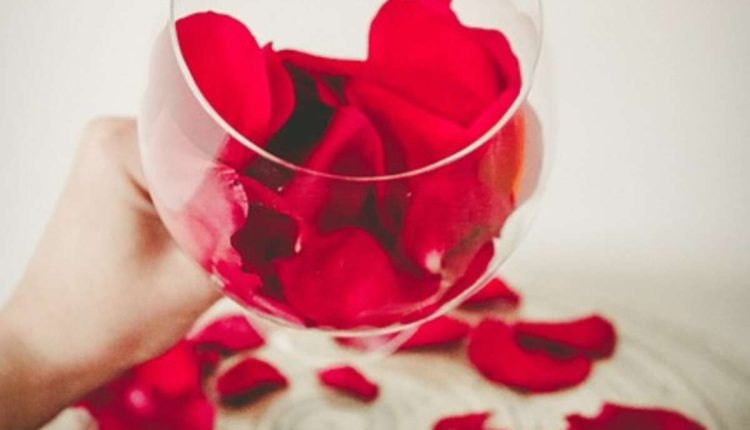A deep-colored, dry red with distinctive varietal character and a complex mix of fruit, spice, and oak. Pairs well with red meats, savory dishes, and dark chocolate. Read the Best info about Orange Wines.
You may have noticed orange wines on swanky restaurant lists and retail shelves. But this trending enophile-favorite category is one of the oldest wine styles.
It’s easy to dismiss orange wine as a fad. Still, many producers are reviving ancient techniques to produce intensely pigmented wines that resemble light red in terms of their tannic structure and savory flavors. Winemakers like Sasa Radikon of Italy, Christian Binner of France, Martina Celi of Slovenia, and Craig Hawkins of South Africa lead the way.
Their timeless methods include long macerations, often with stems and skins, and aging the wines for months in porous vessels like clay amphora, wood, or concrete—and sometimes even buried in the ground. The result is a slew of wines ranging from pinkish hues to apricot to amber-toned shades.
These textured, earthy, oxidative wines are gaining popularity worldwide, thanks to a renewed interest in natural wines and a rapidly changing climate bringing the vineyard closer to home. The challenge is to produce wine emphasizing acidity and balance without losing the expressiveness that makes the style so resonant and exciting.
These producers aim to allow the wines to express themselves while preserving the integrity of the grapes. They also aim to make wines that can stand alone and serve as an alternative to modern mass-market styles that may be stripped of their terroir, their sense of place.
It can be a tricky balance to strike, but winemakers like these are up to the task. While many wines are bold and striking, some are surprisingly drinkable and refreshing. And even though orange wines can often be more expensive than their minimal-intervention white, rose, or red counterparts, they are delicious to drink and offer an opportunity for wine lovers to experience the world of natural wines without breaking the bank.
As a natural wine lover, I’ve been trying to resist the temptation to call orange wines “funky.” Not only is the term hackneyed to the point of irrelevancy, but it has become a synonym for anything that doesn’t fit a specific preconceived notion. And while I think there’s undoubtedly some funkiness to these wines, it’s a funk that comes from the complexity of their phenolics and tannins, not a lack thereof. The real story is that these wines are reclaiming a winemaking tradition that goes back thousands of years to the Caucasus Mountains in present-day Georgia, where wines are fermented with stems and skins in large underground vessels called qvevri. And this is a winemaking method that deserves to be taken seriously. So grab a glass and join us as we explore these wines with a twist.
Read Also: Food


